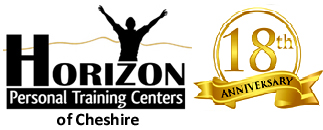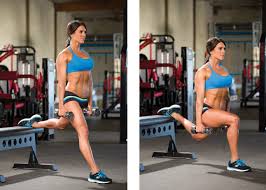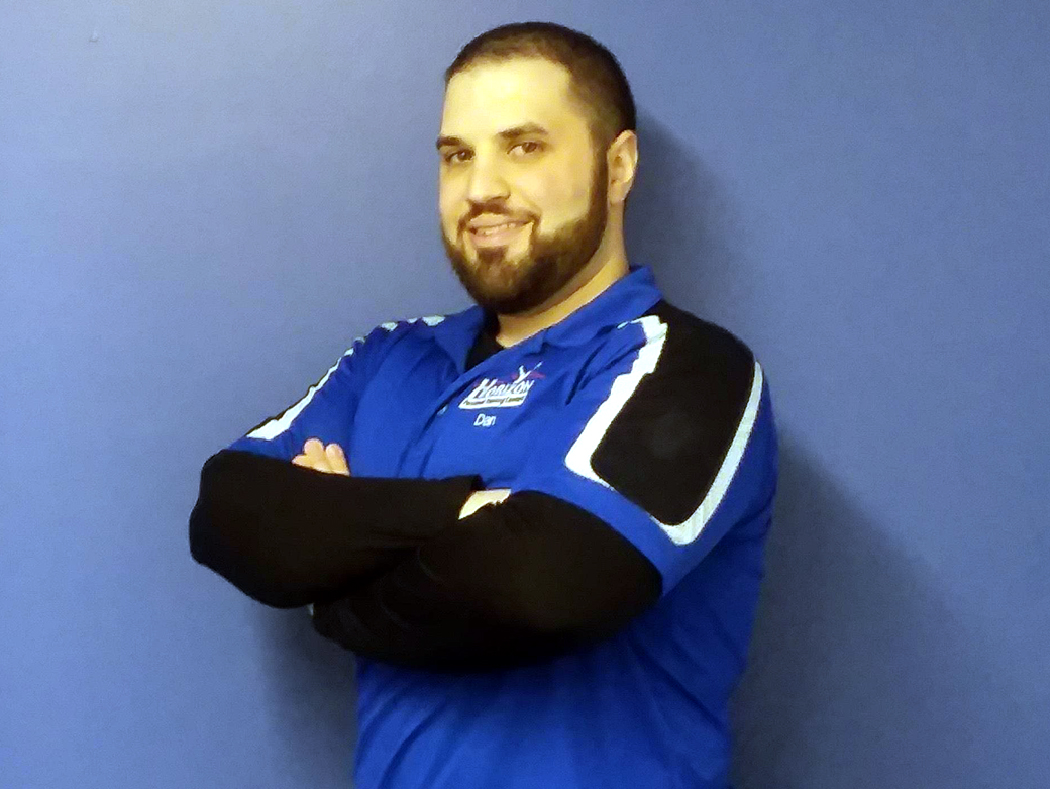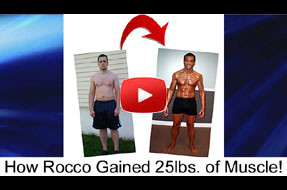Bulgarian Split Squat as an Alternative to the Back Squat
By Dan F.
Over the last 10 years as one of Connecticut’s top personal trainers, I have seen many trends and exercises come and go. One exercise that is often a key component to most exercise programs is the squat. The squat is often held in high regard as “the king of leg exercises.” I have mixed feelings on the squat. What is important to understand is there are countless different types of squats, and they are not all the same! The squat that most people think of is the back squat.
The back squat is by far my least favorite. Most hardcore gym goers are going to stop reading right there. “How dare you talk bad about the squat!”
But before you click off the page, give me a chance to explain!
For one thing, I do not hate all squats! In fact, I am a huge fan of Gray Cook’s Functional Movement Screen, which utilizes Seven Functional Movements to determine compensations. One of those foundational movements is the squat. Anyone with children will tell you that when their child was first able to stand, when they wanted to pick a toy up off the ground, they would squat. It wouldn’t just be a squat either, but a perfect beautiful squat– full range of motion; center of gravity where it should be; weight balanced. This is a movement the body is designed to do, and over years of compensations, it becomes more and more difficult.
I know, you may be thinking about all the other limiting factors that go into a squat: shin-femur length, muscle and tendon length, and everything else that may limit a person’s squat.
And yes, I agree, those limitations exist, and that is why there are so many variations and modifications to allow people to perform this fundamental movement pattern. This is my long-winded way of saying I don’t hate squats, and in fact, I think they are a necessary exercise in a well-rounded program.
That being said, there is one squat that I do not particularly love having my clients perform, and that is the heavy back squat. My main issue boils down to two main concerns: functionality, and risk vs reward.
My personal training career started as a Certified Strength and Conditioning Specialist where I trained athletes from middle school all of the way through the pros. Athletes are generally in a split stance, and when moving, they are typically pushing off one foot more than the other. When talking about the average client and functionality, we are talking about training them to improve their day-to-day lives. A client’s day involves walking, going up and down stairs, maybe running, standing on uneven surfaces, etc. He/she is rarely in a stationary, bilateral position moving load evenly amongst both legs. My definition of functional training is matching the functional anatomy to your day-to-day life or sport.
Since 99% of the time you are on one leg, I feel there is tremendous benefit of single-leg exercises.
Regarding Risk vs. Reward, many novice lifters are concerned with back squats because they don’t want to hurt their low back. Their fear is warranted; often heavy and experienced lifters have run into low-back issues from heavy back squats. This isn’t necessarily a result of “bad form,” but rather, the body is a kinetic chain, and a chain is limited by its weakest link. In the squat, that weak link is the low back. So, while the legs can handle heavier weight (which will be necessary to continue to get results, based off of the overload principle) the low back may not be able to. This impasse is the reason many may injure their low back from the back squat. If there is an exercise that would allow a client to perform a more “functional” lift while properly overloading the leg without risking the integrity of the low back, I would be all for it!
Behold the Bulgarian Split Squat.
The Bulgarian split squat, more technically known as the rear foot elevated split squat, is a single leg squat where the back foot is elevated and load is placed on the front leg. For beginners, the Bulgarian will allow the client to work on developing balance, hip flexibility, strength, and muscular size. Beginners can begin by holding dumbbells at their side before working up to a barbell. For experienced lifters this is one of the best ways to load the legs with heavy weight to promote strength and hypertrophy, without putting the low back at risk.
The rear foot must be elevated for the proper Bulgarian form. Benches are the perfect height for most clients, but if you have a client that is exceptionally tight, or shorter than average, you can place the rear foot on a shorter box. It is important to place the top of the foot on the bench to help support balance with heavier load, and to not put too much load on the toes. Full depth should always be the goal to support flexibility and build strength in a full range of motion, and means getting the back knee to about three inches off the ground. You can place a pad under the back knee to have a target as well as some cushion. Just like a squat, you want to set the hips back (sit back into it) and keep the load center mass. Finally, trunk stability is crucial! It is important to keep the core tight through the whole range of motion.
The best representation I can recall is from an article/experiment run by Mike Boyle. Mike Boyle is one of the leading strength and conditioning specialists in the industry, and is generally my first go-to when I have any questions on how to improve my own training techniques. He explains his real life, real clients experiment:
“I can’t call this true ‘research,’ as we had no control group, but the results were so startling that I have to think they would stand up under true scientific scrutiny.
“For most of our postseason training sessions, we did RFESS instead of traditional front or back squats. My goal initially was to test a hypothesis about back injury and back stress, but the conclusion went way beyond that.
After approximately six weeks of RFESS, we did a simple repetition-max test. Each guy took 50% of his one-rep max on the back squat and did as many RFESS reps as possible with each leg. Since we don’t do back squats in our program, we had to estimate each guy’s max by adding 15% to his 1RM in the front squat. And then, as I said, we used 50% of that number.
The estimated 1RMs for the back squat ranged from 290 to 460 pounds. So our test weights ranged from 145 to 230 pounds. My strongest athlete lifted 230 pounds 14 times with each leg. The weakest one did 14 reps on each leg with 145.
I drew two immediate conclusions:
First, if we had spent six weeks working on our back or front squats with equal focus and intensity, there’s no way in hell any of these guys could’ve lifted their estimated 1RMs 14 times.
The strongest guy, for example, had a very respectable 1RM of 405 in the front squat. That’s the number we used to extrapolate a max back squat of 460 pounds. Is there any drug-free training program on earth that could increase his strength to the point that he could lift either weight – his true 1RM in the front squat or estimated max in the back squat – 14 times? And to make it comparable, he’d need to do two sets of 14 reps, since he did 14 RFESS reps with 230 pounds with each leg.
If he got to the point where he could back squat 460 for 14 reps, it would imply a 1RM of 675 pounds. Nothing’s impossible, but this scenario comes pretty close.
That brings us to point number two, which is far more important: The experiment showed that the athletes’ legs could handle far more weight than their backs were capable of transmitting. This suggests that the back is the weak link in squatting. Bypass the back, and your legs can handle much heavier weights.”
What this practical representation shows is that there is indeed a way to safely and effectively load the legs with adequate weight, and get incredible results in size and strength without putting the client at risk. As a top personal trainer my goal is to always get clients the most effective, efficient, and sustainable results possible in the safest way possible. It is this methodology that has led me to make the switch to the Bulgarians versus the traditional back squat.
Dan F.
General Manager & Personal Trainer
Dan’s journey into fitness began as an overweight youth. Being extremely overweight he took steps to change his life starting with proper nutrition and a little bit of exercise. He attended Clemson University receiving a BS in Management. He spent most of his free time in the rec. center getting hooked on exercise. Upon graduating he moved back to CT and decided to learn everything he could about the fitness industry and how to properly train the human body. He attended The National Personal Training Institute receiving a diploma in personal training and nutrition consultation. After NPTI he participated in a 4 month mentorship to learn the intricacies of training athletes. This is where he found his passion! He has spent the last 4 years training athletes, of all ages. He has extensive experience training athletes from middle-school all the way to the pros, in all sports! He is a certified strength and conditioning specialist, CSCS, through the National Strength and Conditioning Association. He is also has an Advanced Certified Personal Trainer (A-CPT) certification, and is currently working on his Tactical Strength and Conditioning Facilitator certification.






